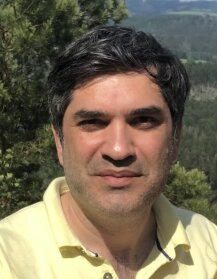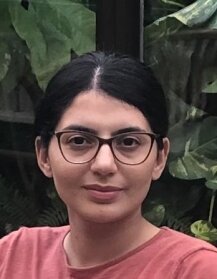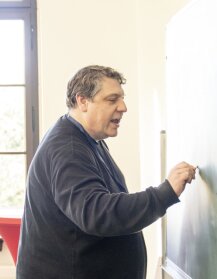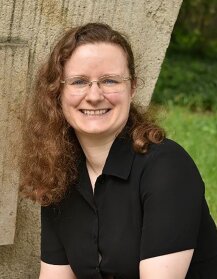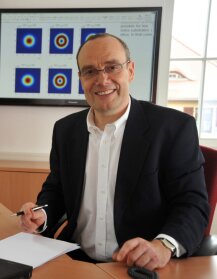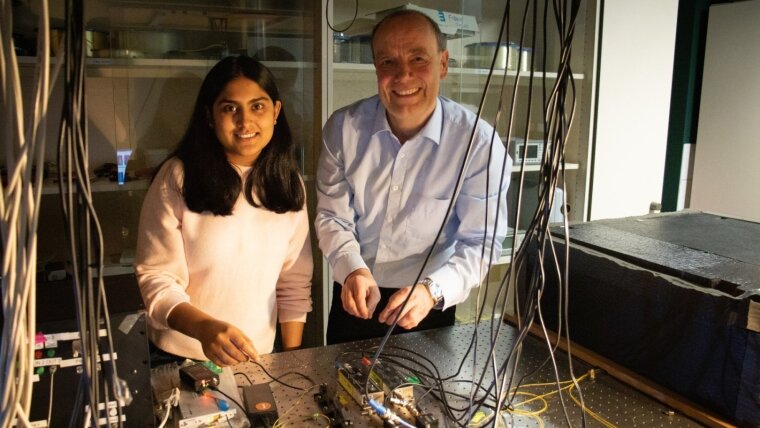
The project A6|Busch/David/Peschel bundles gained competences from the first years and allows for large-scale electrodynamic simulations of nonlinearities in connection with a suitable description of optically excited nonlinear materials. As optical wavelength and typical dimensions of genuine quantum objects differ by orders of magnitude such simulations must cover multiple scales from the atomic up to the device level. Typical examples are the nonlinear modification of optical scattering from millimetre sized metallic tips by excited molecules close to the tip apex, optically induced tunnelling through nanogap structures resulting in a modification of grating diffraction or the interaction and self-organization of counterpropagating pulses in an atomically thin nonlinear film. Emphasis will be paid to metallic structures and resulting plasmonic field enhancement, but also the coupling of atomically thin 2D materials to resonant grating structures and optical scattering in nanosized composites will be modelled, investigated, and interpreted. Material models will be implemented with varying level of complexity having always numerical feasibility in mind. Multi-particle correlations, single particle wave functions, fluid dynamical models and phenomenological material models represented by simple rate equations or polynomial nonlinearities will be coupled to electromagnetic codes to model, analyse and optimize concrete systems being relevant for experiments performed in NOA.
